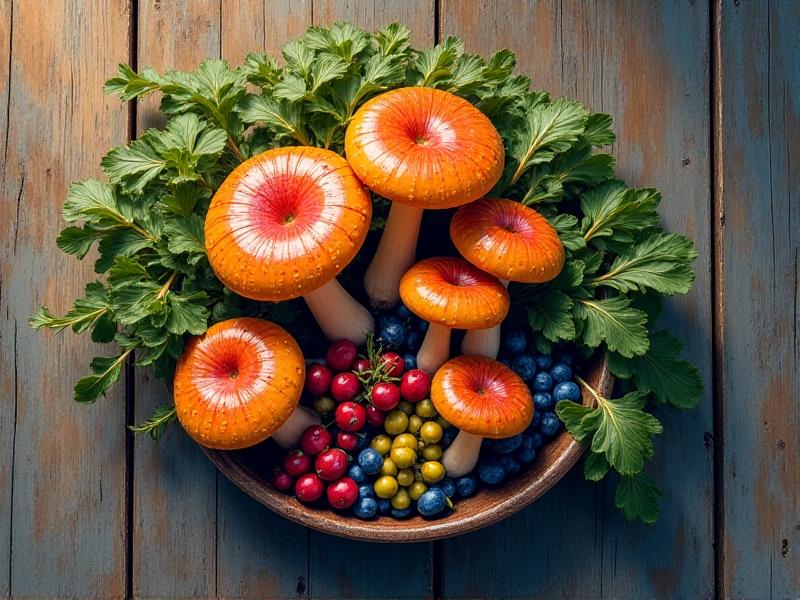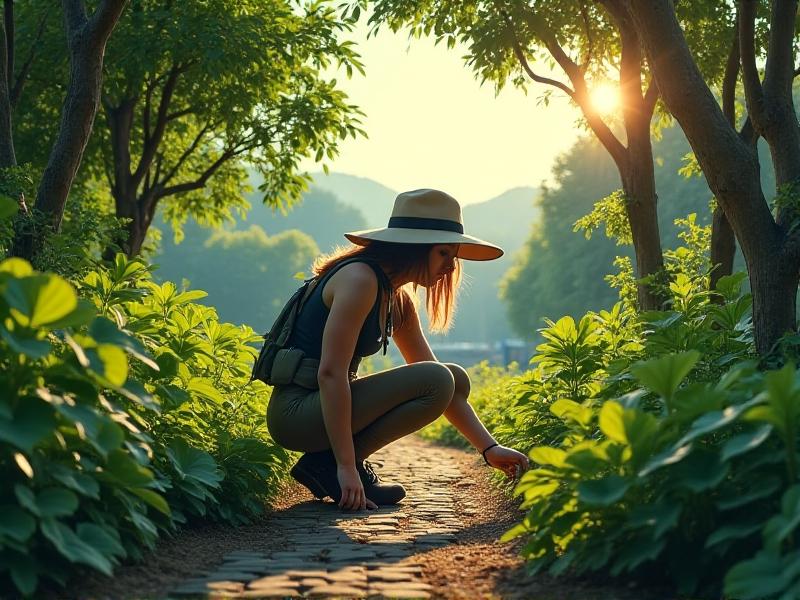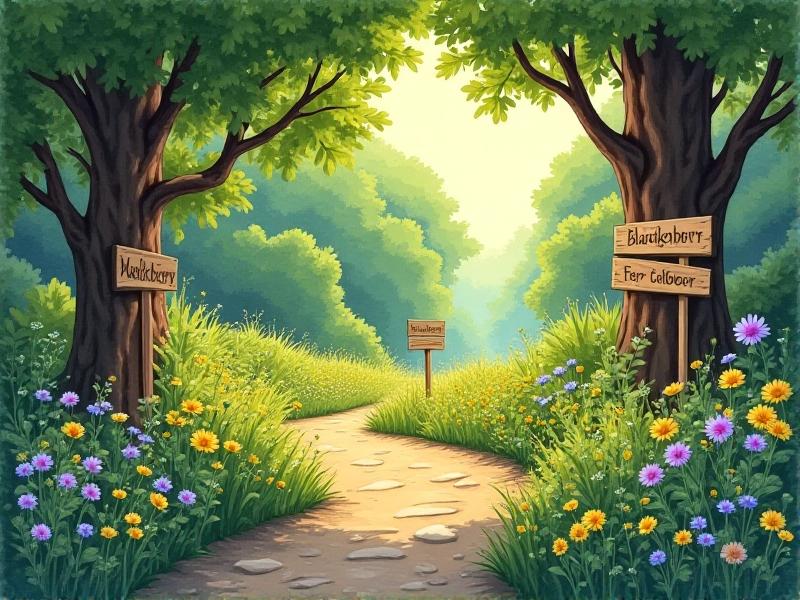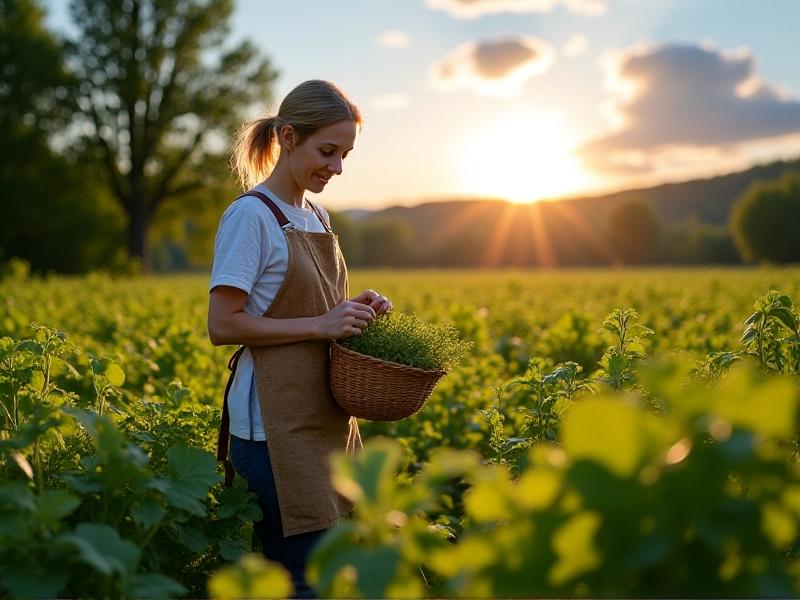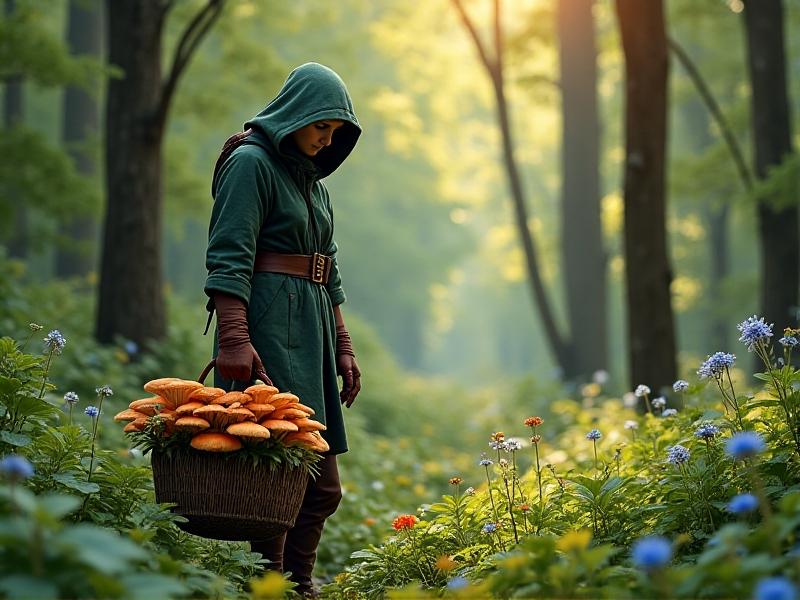Customizing Wild Food Guides for Coastal vs. Inland Communities
Introduction: The Importance of Customizing Wild Food Guides
Wild food guides are invaluable resources for foraging enthusiasts, offering insights into edible plants, fungi, and other natural resources. However, the diversity of ecosystems across coastal and inland regions necessitates tailored guides to ensure accuracy, safety, and relevance. This article explores the key considerations for customizing wild food guides to meet the unique needs of coastal and inland communities, highlighting the ecological, cultural, and practical factors that shape these adaptations.
Understanding the Ecological Differences
Coastal and inland ecosystems differ significantly in terms of flora, fauna, and environmental conditions. Coastal areas are characterized by salt-tolerant plants, seaweed varieties, and marine-influenced soils, while inland regions feature diverse forests, grasslands, and freshwater habitats. Customizing wild food guides requires a deep understanding of these ecological distinctions. For example, coastal guides might emphasize sea vegetables like kelp and samphire, while inland guides could focus on woodland mushrooms or wild berries. Recognizing these differences ensures that foragers can safely and effectively identify edible resources in their specific environment.

Cultural and Historical Influences on Foraging Practices
Foraging traditions are deeply rooted in the cultural and historical contexts of coastal and inland communities. Coastal populations often have a rich heritage of utilizing marine resources, with recipes and techniques passed down through generations. In contrast, inland communities may have a stronger connection to forest-based foraging, such as gathering nuts, herbs, and game. Customizing wild food guides involves honoring these traditions and incorporating local knowledge. This not only preserves cultural heritage but also enhances the guide's relevance and authenticity for users. For instance, a coastal guide might include traditional recipes for seaweed salads, while an inland guide could feature methods for preserving wild game.
Safety Considerations in Different Environments
Safety is a paramount concern when foraging, and the risks vary between coastal and inland environments. Coastal foraging may involve hazards such as tidal changes, sharp rocks, or contaminated water, while inland foraging can present dangers like poisonous plants or wildlife encounters. Customized guides must address these specific risks, providing clear instructions and precautions. For example, coastal guides should emphasize the importance of checking tide tables and avoiding polluted areas, while inland guides might include detailed descriptions of toxic plants and how to distinguish them from edible species. By tailoring safety advice to the environment, guides can help foragers minimize risks and enjoy a safer experience.

Seasonal Variations and Foraging Calendars
Seasonality plays a crucial role in foraging, and the timing of available resources differs between coastal and inland regions. Coastal areas may offer seaweed and shellfish year-round, with peak seasons for certain species, while inland regions experience distinct growing seasons for plants and fungi. Customized wild food guides should include detailed foraging calendars that reflect these variations. For instance, a coastal guide might highlight the best times to harvest mussels or sea lettuce, while an inland guide could outline the seasons for morels or wild garlic. By aligning with natural cycles, these calendars help foragers plan their activities and maximize their harvests.
Tools and Techniques for Effective Foraging
The tools and techniques used in foraging can vary depending on the environment. Coastal foragers might rely on nets, buckets, and knives for harvesting seaweed and shellfish, while inland foragers may use baskets, trowels, and field guides for gathering plants and fungi. Customized guides should provide practical advice on selecting and using the right tools for each setting. Additionally, techniques for sustainable foraging, such as leaving no trace and respecting wildlife, should be emphasized. For example, a coastal guide could teach readers how to harvest seaweed without damaging the ecosystem, while an inland guide might focus on ethical mushroom picking practices. These insights ensure that foragers can enjoy their hobby responsibly.
Integrating Technology and Modern Resources
In the digital age, technology can enhance the effectiveness of wild food guides. Mobile apps, online databases, and GPS tools can provide real-time information and support for foragers. Customized guides should leverage these resources to complement traditional knowledge. For instance, a coastal guide might include links to apps that identify edible seaweed species or track tidal patterns, while an inland guide could feature online forums for sharing mushroom sightings. By integrating technology, guides can offer a more dynamic and interactive experience, making foraging accessible to a wider audience. However, it’s essential to balance modern tools with traditional wisdom to maintain the integrity of the practice.
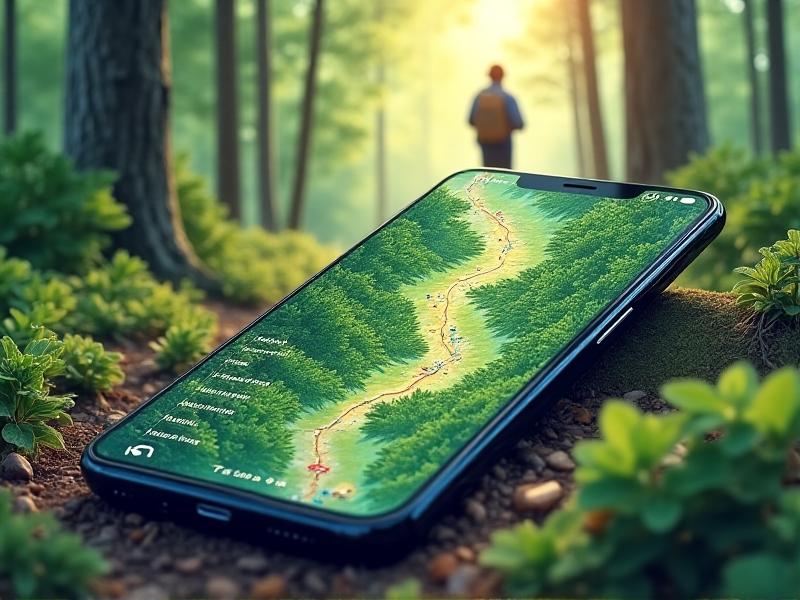
Community Engagement and Education
Engaging local communities is vital for the success of customized wild food guides. Workshops, foraging walks, and educational programs can help build awareness and skills among residents. Coastal communities might organize seaweed harvesting workshops or beach cleanups, while inland communities could host mushroom foraging tours or herb identification classes. Customized guides should encourage community participation and provide resources for organizing such events. By fostering a sense of connection and stewardship, these initiatives not only promote sustainable foraging practices but also strengthen community bonds. Additionally, involving local experts and elders can enrich the guide’s content with authentic insights and stories.
Environmental Conservation and Ethical Foraging
Foraging has the potential to impact ecosystems, making environmental conservation a critical consideration. Customized guides should emphasize ethical practices that minimize harm to the environment. Coastal guides might include guidelines for sustainable seaweed harvesting or protecting marine habitats, while inland guides could focus on preserving forest ecosystems and wildlife. Educating foragers about the importance of biodiversity and habitat conservation is essential. For example, guides can highlight the role of certain plants in supporting pollinators or the need to avoid overharvesting vulnerable species. By promoting responsible foraging, these guides contribute to the long-term health and sustainability of natural resources.
Conclusion: The Future of Customized Wild Food Guides
As interest in foraging continues to grow, the demand for customized wild food guides tailored to specific environments will increase. By addressing the unique ecological, cultural, and practical needs of coastal and inland communities, these guides can empower foragers to explore their natural surroundings safely and sustainably. Whether it’s through detailed foraging calendars, community engagement, or the integration of modern technology, customized guides have the potential to enrich the foraging experience and foster a deeper connection to the natural world. As we move forward, it’s essential to prioritize conservation, education, and inclusivity to ensure that foraging remains a rewarding and responsible practice for generations to come.


